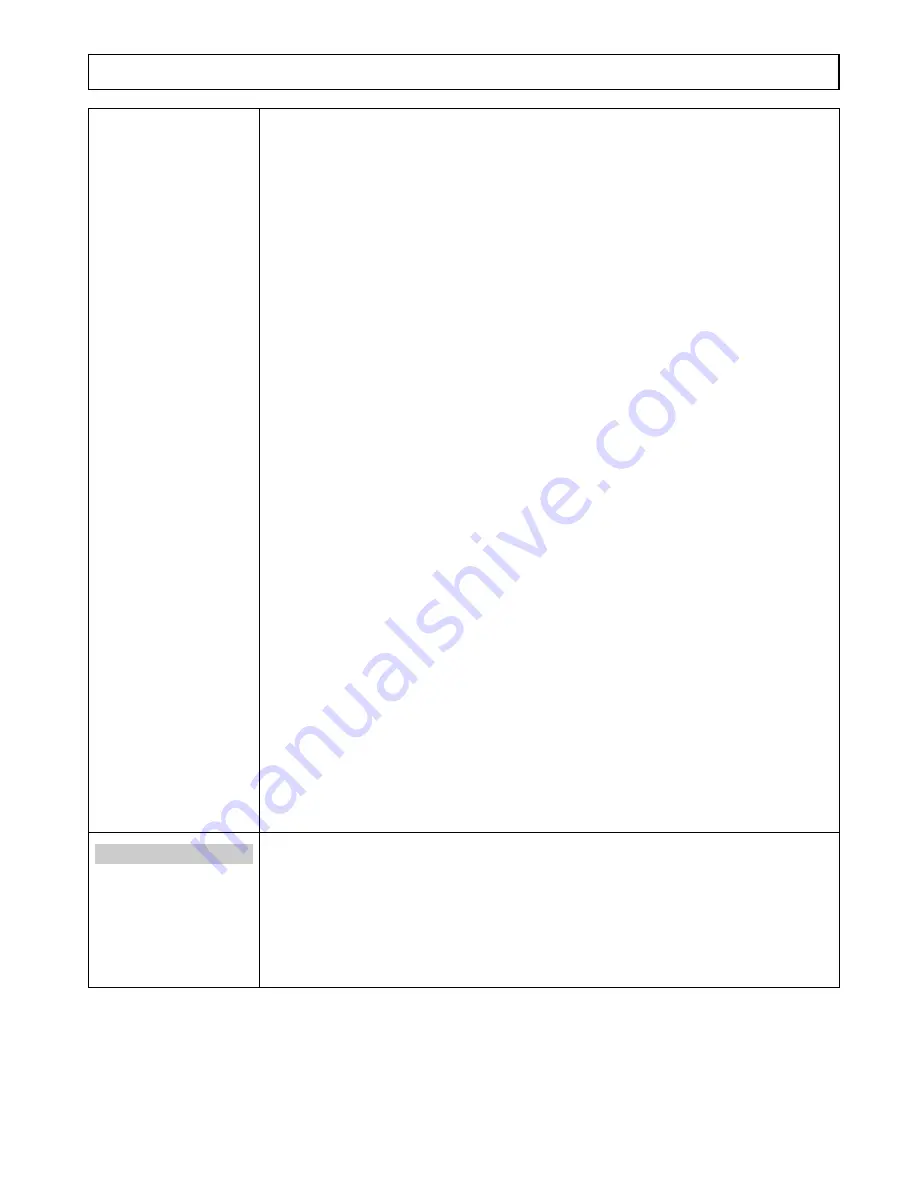
Maintenance & Repair (cont’d)
24
7.
Rotate the wheel until you come to the next set of straight teeth.
Repeat steps 2 – 6.
8.
Next, replace the angle pockets (angles occur away from the wheel).
9.
Remove one set at a time or all old angle teeth and pockets at once.
C
lean the
wheel with a wire brush.
10.
Install your pocket bolt through the holes in the counterbored pocket. Apply
anti-seize. Slide the pocket bolts through the holes in the wheel. Make sure the
counterbored pocket is on the right hand side of the wheel. Insert the pocket
bolts into the threaded pockets and tighten the pockets firmly onto the wheel.
Repeat this step until all your standard angles pockets are installed.
Installing teeth
1.
If all the counterbored pockets are on the right hand side of the wheel, your tooth
will go into your pocket properly. If your pockets are mounted upside down, the
teeth will have a tendency to spin freely or be sloppy in the pocket.
2.
Install your teeth with the carbide facing down. The shoulder of the tooth will
meet the flat detent of the pocket and the tooth will not rotate. Thread nut onto
the top portion of the tooth. Hand tighten for now. Repeat until all teeth are
installed.
Torque
1.
Torque the pocket bolts to 180 – 240 ft lbs.
2.
You will notice the slotted end of the pocket bolt is about 1/8" short of the end of
the threaded pocket. This is okay. This area will fill with dirt and protect the
extraction slot at the end of the pocket bolt. If you need the slot, clean out the
packed dirt and use the slot to turn out the broken bolt.
3.
To torque your tooth down, tighten the top lock nut to 20-28 foot lbs, until the
tooth is firmly seated. Double check that the tooth is firmly seated. Do not over
tighten. Over tightening the nut will stretch the threads and make it impossible
to ever tighten again.
4.
Once the pocket bolts, teeth and nuts are seated and torqued properly, cut a few
stumps. Recheck bolts and nuts to make sure they are tight and secure. Recheck
frequently for the first week of use and once a week thereafter.
When you dull or damage a cutting edge, loosen the top nut, tap the tooth down,
rotate the tooth a third of a turn and tighten back up.
Sharpening Teeth
Dosko cutting teeth are tipped with heavy-duty carbide. Carbide retains its
sharpness longer; cuts faster and smoother, and can withstand heat better. Though
carbide is tremendously hard, it is also reasonably brittle.
Sharpening carbide-cutting teeth requires a special process. Contact your
dealer or Dosko Customer Service @ 1-800-822-0295
for sharpening
instructions.













































